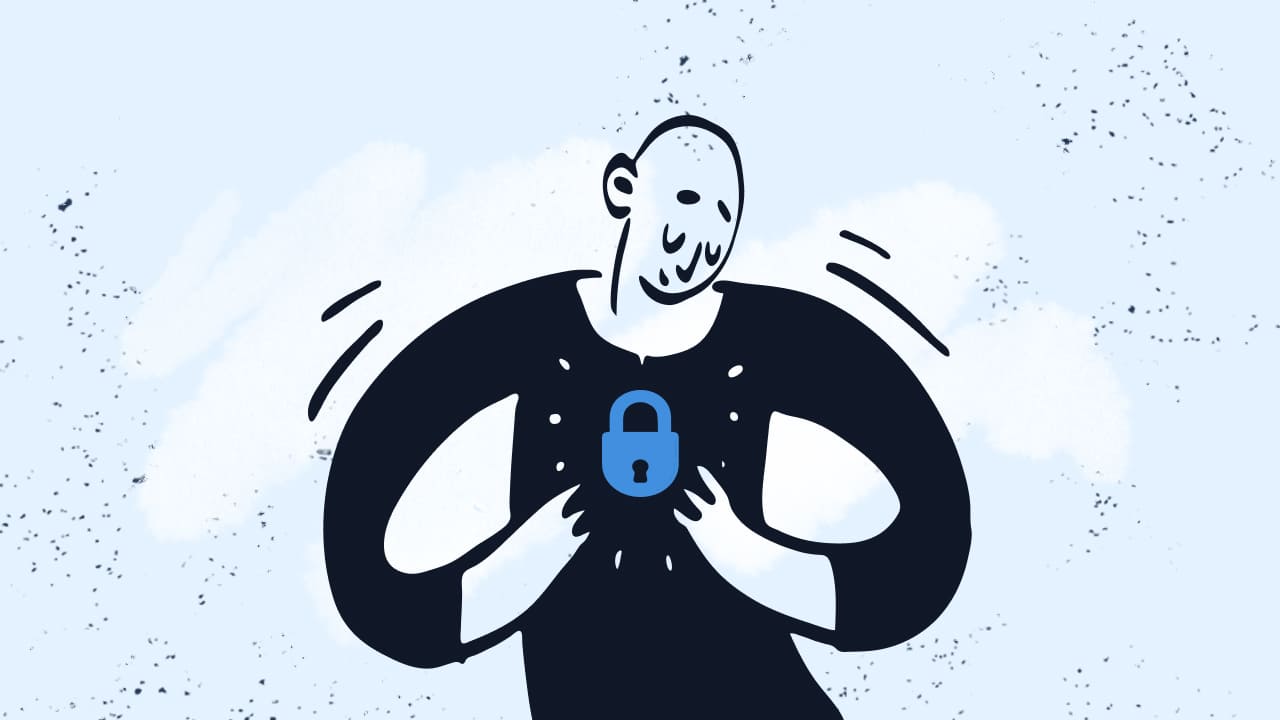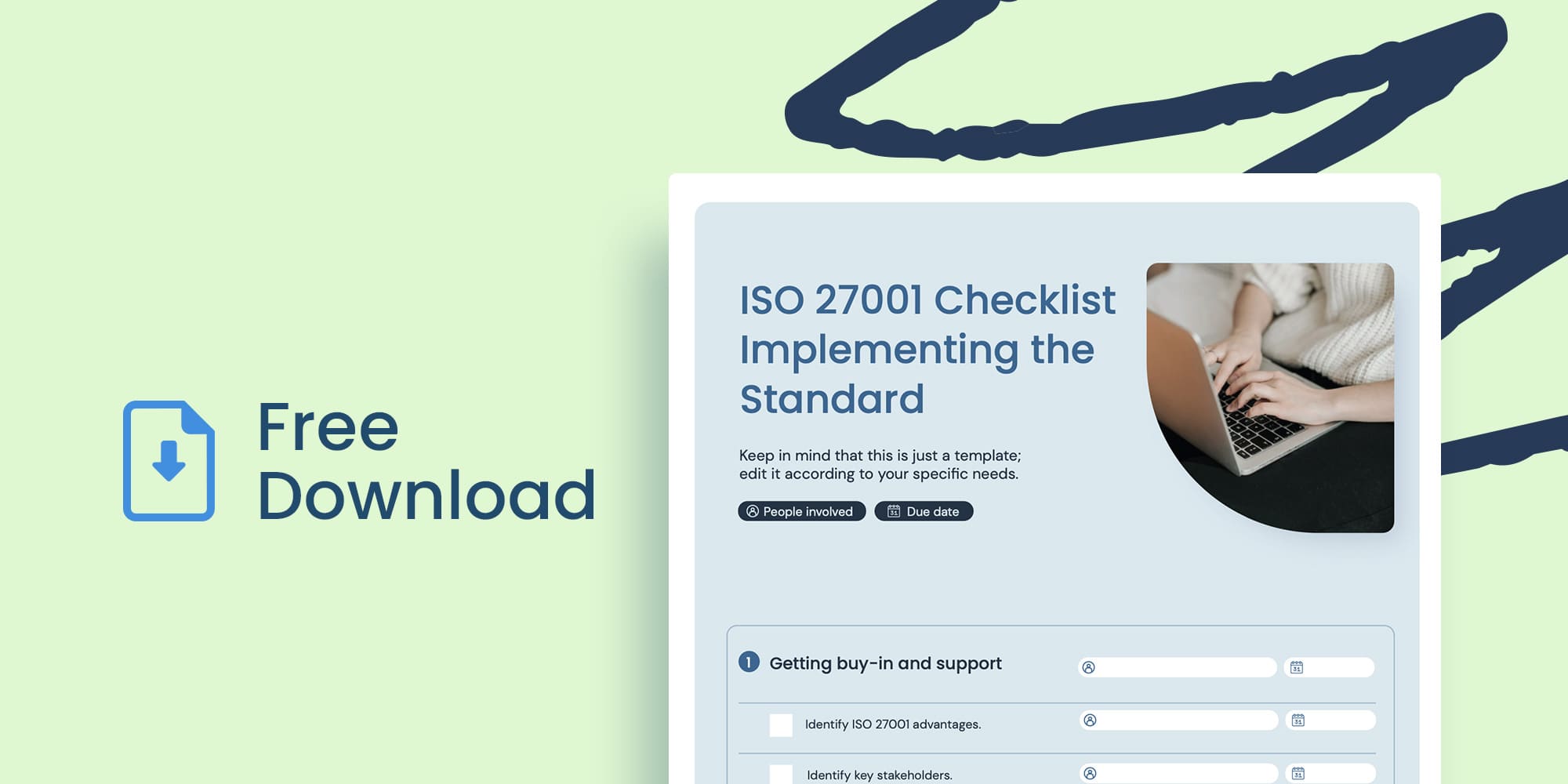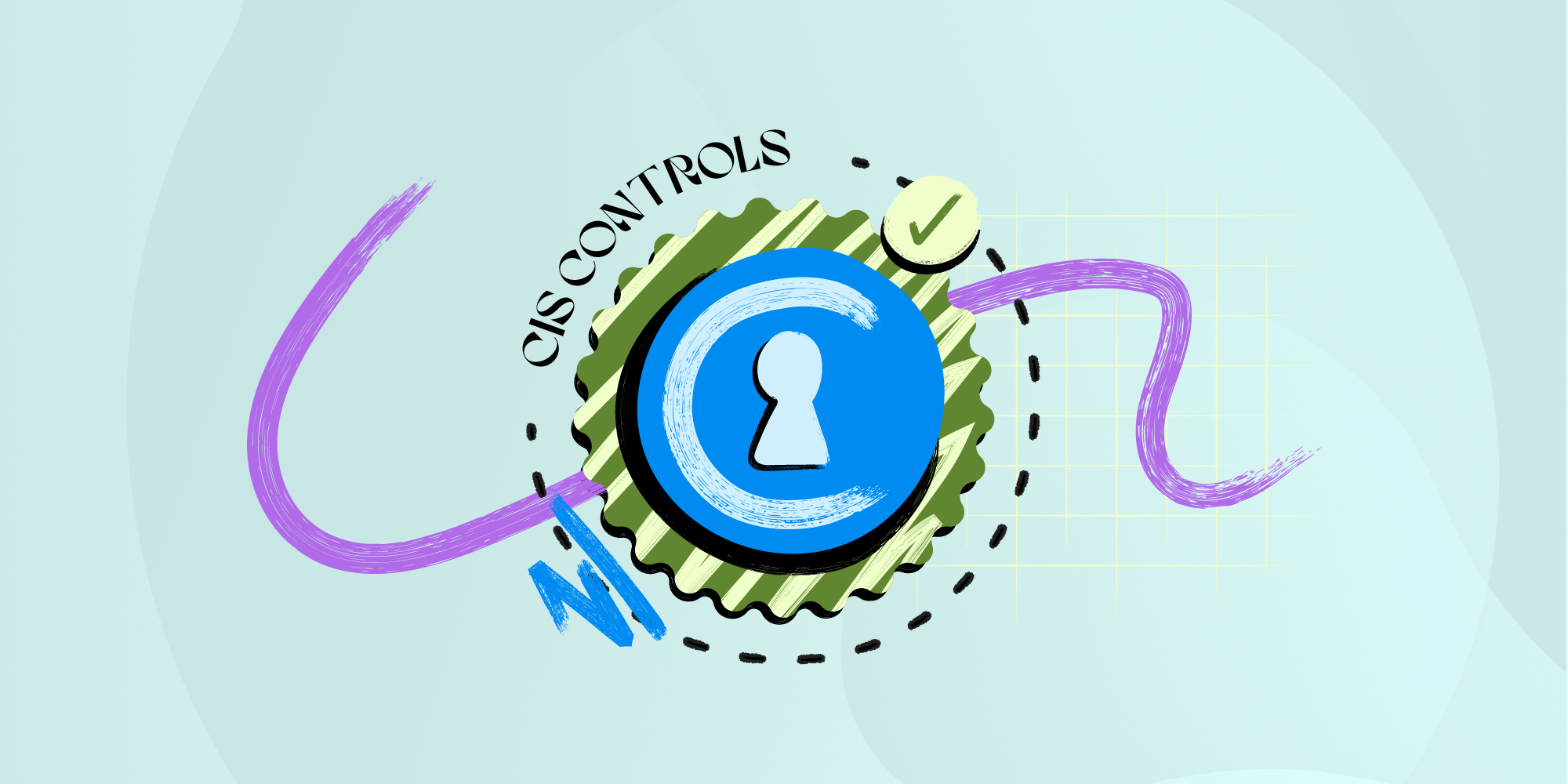Understanding cybersecurity frameworks is vital for any organization looking to strengthen its security posture. These frameworks provide structured guidelines and best practices for managing cybersecurity risks effectively.
In this article, we’ll explore what cybersecurity frameworks are and why they’re important, as well as highlight some of the most widely adopted frameworks that can help protect your organization against cyber threats. Let's explore the key frameworks you need to know.
What are cybersecurity frameworks, and why are they necessary?
Cybersecurity frameworks are structured guidelines designed to help organizations manage and improve their cybersecurity posture. They provide a set of best practices, processes, and controls that can be used to identify, protect against, detect, respond to, and recover from cybersecurity threats.
Essentially, they offer a systematic approach to building and maintaining strong security defenses.
The necessity of cybersecurity frameworks lies in their ability to standardize and simplify the complex landscape of cybersecurity. They offer organizations a proven path to strengthen their security measures and ensure that they address potential vulnerabilities in a structured manner.
With increasing cyber threats and regulatory requirements having a framework in place helps organizations not only safeguard their assets but also demonstrate their commitment to cybersecurity to stakeholders and regulators.

Components of a Cybersecurity Framework
Cybersecurity frameworks are structured to guide organizations in protecting their information systems and managing cybersecurity risks.
While frameworks can vary, they typically consist of several key components: policies, guidelines, and best practices. Each component plays a distinct role in creating a comprehensive security strategy.
Policies
Policies are formal statements an organization issues that outline its security objectives and expectations. They provide a high-level overview of the organization’s stance on various security issues and establish the rules and responsibilities for ensuring security.
- Purpose: Policies set the direction and principles for security practices within the organization. They define what is acceptable behavior and what is not, providing a foundation for more detailed controls and procedures.
- Examples: Access control policies, data protection policies, and incident response policies. These documents might address issues such as who can access specific types of data, how data should be handled and stored, and the steps to follow in case of a security breach.
Guidelines
Guidelines offer more detailed recommendations on how to implement the organization's policies. They are designed to provide practical advice and instructions that help employees and IT teams adhere to the policies.
- Purpose: Guidelines help translate the broad principles outlined in policies into actionable steps. They often provide best practices for specific scenarios or technologies.
- Examples: Password creation guidelines, network security configuration guidelines, and software update procedures. Guidelines might specify how to create strong passwords or recommend best practices for configuring firewalls.
Best Practices
Best practices are established methods or techniques widely recognized as effective for achieving specific security goals. They are often derived from industry standards, lessons learned from past incidents, and expert recommendations.
- Purpose: Best practices provide proven strategies and techniques for addressing common security challenges. They help organizations implement effective security measures based on real-world experience and research.
- Examples: Regularly updating software to patch vulnerabilities, using multi-factor authentication, and conducting periodic security training for employees. These practices are generally accepted as effective measures to enhance security and reduce risk.

Difference between cybersecurity frameworks and compliance standards
While both cybersecurity frameworks and compliance standards aim to enhance an organization's security, they serve different purposes.
- Cybersecurity frameworks: These are flexible, broad guidelines that provide a comprehensive approach to managing cybersecurity risks. They are designed to be adaptable to various industries and organizational sizes.
- Compliance standards: These are specific requirements mandated by laws, regulations, or industry standards that organizations must follow. Compliance standards often focus on particular security aspects and require organizations to meet certain criteria to avoid penalties or legal issues.
In summary, while frameworks provide a strategic approach to managing security, compliance standards impose specific requirements that organizations must adhere to.

Types of cybersecurity frameworks
Cybersecurity frameworks can be categorized into several types, each serving different aspects of an organization's security efforts:
Control frameworks
Control frameworks are designed to provide specific security controls and practices that organizations should implement to protect their systems and data. They focus on detailed controls and technical measures.
Program frameworks
Program frameworks provide a higher-level overview of an organization's security efforts, focusing on the overall management and governance of cybersecurity.
Risk frameworks
Risk frameworks help organizations assess and manage cybersecurity risks by providing methodologies for identifying, analyzing, and mitigating risks.
Most popular cybersecurity frameworks
ISO 27001
Category: Program Framework
ISO 27001, developed by the International Organization for Standardization (ISO), is a globally recognized standard that specifies the requirements for establishing, implementing, maintaining, and continuously improving an information security management system (ISMS).
The scope of ISO 27001 covers all aspects of an organization's information security processes, including risk management, control implementation, and continuous monitoring. It provides a systematic approach to managing sensitive information, ensuring its confidentiality, integrity, and availability.
Organizations that adopt ISO 27001 can demonstrate their commitment to information security by following a structured framework that helps protect data and manage risks effectively, making it especially valuable for businesses that handle sensitive or regulated data.

CIS Critical Security Controls
Category: Control Framework
The CIS Critical Security Controls, developed by the Center for Internet Security (CIS), provide a prioritized set of actions designed to protect organizations from the most common and impactful cyber threats. These controls are based on real-world attack data and are intended to be practical and actionable.
The scope of the CIS Controls includes a variety of security measures, from basic hygiene practices like inventorying assets and managing vulnerabilities to more advanced practices such as incident response and penetration testing. The controls are organized into a tiered structure, allowing organizations to implement them in phases based on their resources and risk tolerance.

NIST Risk Management Framework
Category: Risk Framework
The NIST Risk Management Framework (RMF) provides a structured process for managing cybersecurity risks associated with information systems. Developed by the National Institute of Standards and Technology (NIST), this framework guides organizations through the steps of risk assessment, control selection, implementation, and continuous monitoring.
The RMF is designed to integrate with other NIST frameworks, such as SP 800-53, to provide a comprehensive approach to risk management. The scope of the RMF includes both the identification of potential threats and the implementation of controls to mitigate those threats.
NIST Cybersecurity Framework
Category: Program Framework
Developed by the National Institute of Standards and Technology (NIST), the NIST Cybersecurity Framework is a widely respected tool that provides a risk-based approach to managing cybersecurity threats. It is designed to be flexible and applicable to organizations of all sizes and across various industries.
The framework is organized around five core functions: Identify, Protect, Detect, Respond, and Recover. These functions guide organizations in understanding and improving their cybersecurity posture by helping them identify risks, protect assets, detect security events, respond effectively, and recover from incidents.
The NIST Cybersecurity Framework’s adaptability and practicality have made it a popular choice for organizations seeking to develop a comprehensive cybersecurity strategy that aligns with their specific needs and risk environment.
NIST SP 800-53
Category: Control Framework
NIST SP 800-53 is a comprehensive set of security and privacy controls developed by the National Institute of Standards and Technology (NIST) for federal information systems and organizations.
The framework includes detailed controls that address a wide range of security requirements, such as access control, incident response, risk assessment, and data protection. While it is primarily designed for federal agencies, NIST SP 800-53 is also used by private organizations that require robust security measures to protect sensitive information.
The framework's extensive catalog of controls allows organizations to tailor their security measures to specific risks and compliance needs, providing a solid foundation for protecting information systems against cyber threats.
COBIT (Control Objectives for Information and Related Technologies)
Category: Program Framework
COBIT, developed by ISACA, is a framework for the governance and management of enterprise IT. It provides organizations with a comprehensive set of processes, controls, and practices designed to align IT strategy with business objectives, ensuring that IT investments deliver value while managing risks.
The scope of COBIT covers the entire lifecycle of IT management, from planning and building to running and monitoring. It emphasizes the need for strong governance to ensure that IT supports business goals, and it provides detailed guidance on risk management, compliance, and resource optimization
COBIT is particularly useful for organizations that need to integrate IT governance into their overall corporate governance strategy.

PCI-DSS (Payment Card Industry Data Security Standard)
Category: Compliance Standard
PCI-DSS is a security standard developed by major credit card companies, including Visa, MasterCard, American Express, Discover, and JCB, to ensure that all companies that process, store, or transmit credit card information maintain a secure environment.
The scope of PCI-DSS covers a wide range of security requirements, including data encryption, access control, and regular network monitoring and testing. Compliance with PCI-DSS is mandatory for any organization that handles credit card transactions, and failure to comply can result in significant fines and reputational damage.
The standard is designed to protect cardholder data from breaches and fraud by implementing stringent security controls across all aspects of payment processing.

HIPAA (Health Insurance Portability and Accountability Act)
Category: Compliance Standard
HIPAA, enacted by the U.S. Congress, establishes national standards for protecting electronic health information. The scope of HIPAA includes both the privacy and security of individuals' health information, with specific requirements for data protection, access control, and breach notification.
Healthcare organizations and their business associates must comply with HIPAA to ensure the confidentiality, integrity, and availability of protected health information (PHI). The framework requires organizations to implement administrative, physical, and technical safeguards to protect PHI from unauthorized access or disclosure.
Compliance with HIPAA is crucial for maintaining patient trust and avoiding significant penalties for breaches.
Conclusion
Having the right cybersecurity frameworks in place makes the practice more manageable. Each framework we’ve discussed serves a unique purpose, whether managing risks, ensuring compliance, or providing a comprehensive security program.
Implementing these frameworks can help your organization strengthen its defense against cyber threats and stay ahead of potential risks. Remember, cybersecurity isn’t just about technology—it's about creating a culture of security that permeates every part of your organization.















